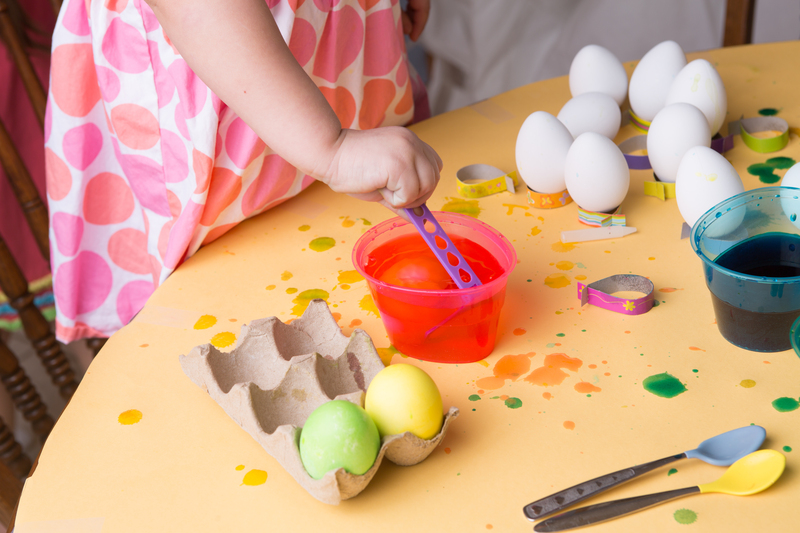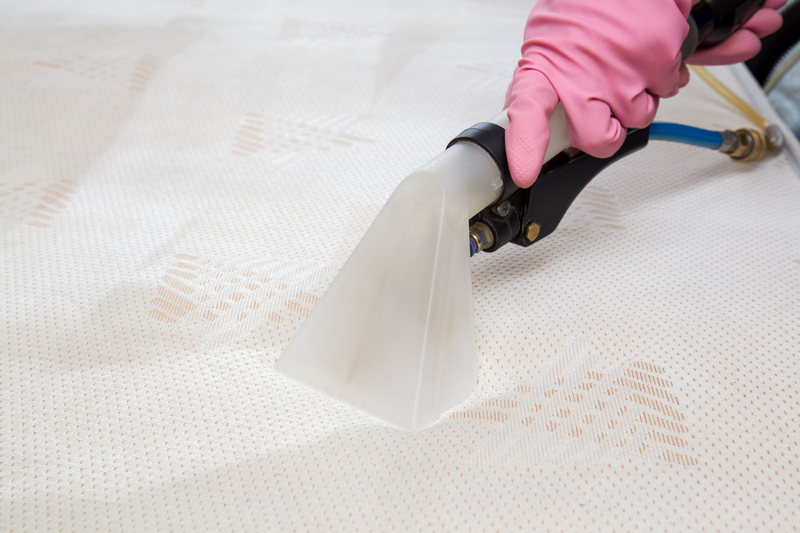Mould Cleaning Tips
Posted on 10/02/2025
Mould is a type of fungus that thrives in damp, humid conditions. It can grow on virtually any surface, from wood and fabric to food and walls. Understanding why mould grows is crucial for effectively tackling it. Common reasons for mould development include leaks, high humidity, and poor ventilation.
Essential Supplies for Mould Cleaning
Before you start cleaning mould, it is essential to gather the necessary supplies. Here are some must-have items:
- White vinegar and baking soda
- Protective gloves and goggles
- Scrub brushes and sponges
- Household disinfectant
- Plastic sheeting and painter's tape
- HEPA vacuum cleaner

Steps to Clean Mould Safely
Cleaning mould requires careful planning and execution to ensure it does not spread or pose health risks. Here are the steps:
1. Prepare the Area: Seal off the affected area with plastic sheeting and painter's tape to prevent mould spores from spreading.
2. Protect Yourself: Wear protective gloves and goggles to minimize exposure to mould spores.
3. Remove Loose Mould: Use a HEPA vacuum cleaner to catch any loose mould spores.
4. Apply Cleaning Solution: Spray white vinegar directly on the mould and let it sit for an hour.
5. Scrub Thoroughly: Use a scrub brush or sponge to scrub the mould off the surface.
6. Rinse and Dry: Rinse the area with clean water and dry it completely to prevent future growth.
7. Disinfect: Use a household disinfectant to kill any remaining spores.
Tips for Preventing Mould Growth
Preventing mould is easier than dealing with an infestation. Here are some tips to deter mould growth:
1. Control Humidity: Use dehumidifiers to keep indoor humidity levels below 60%.
2. Fix Leaks: Repair any leaks in roofs, walls, or pipes promptly.
3. Ventilate: Ensure proper ventilation in damp areas like bathrooms and kitchens.
4. Use Mould-Resistant Products: Use mould-resistant paint and building materials in areas prone to dampness.
5. Regular Cleaning: Clean and dry any water-prone areas frequently.
Pros and Cons of DIY Mould Cleaning
Pros:
- Cost-Effective: DIY methods are generally cheaper than hiring professionals.
- Immediate Action: You can address the issue as soon as you notice it.
- Learning Opportunity: Understanding the process enables better future prevention.
Cons:
- Health Risks: Exposure to mould spores can cause respiratory issues.
- Limited Expertise: DIY methods may not be effective on severe infestations.
- Time-Consuming: The process can be labor-intensive and time-consuming.

Takeaways
- Consistently monitor areas prone to dampness.
- Use proper protective gear when handling mould.
- Address leaks and humidity issues promptly.
- Consider professional help for extensive infestations.
Conclusion
Mould cleaning requires careful preparation, the right supplies, and a thorough approach to ensure effective removal and prevention. By following these tips and understanding the pros and cons, you'll be better equipped to tackle mould safely and efficiently in your living or working space. Prioritize preventive measures to avoid future mould growth, ensuring a healthier and more comfortable environment.

